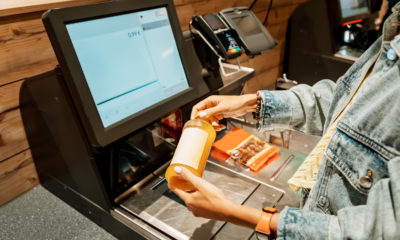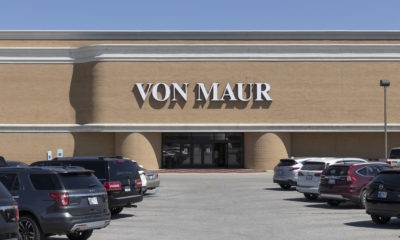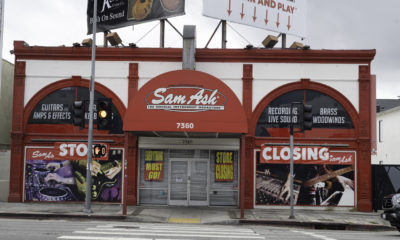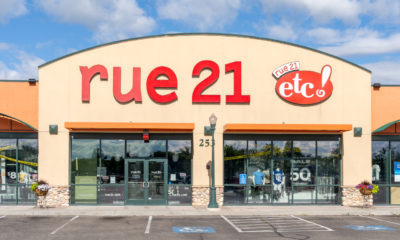In September 2005, as several hundreds gathered in Chicago for VM+SD’s International Retail Design Conference, then-Federated Department Stores announced it was changing the nameplate on all Marshall Field’s stores to Macy’s – including the venerated State Street store just a half-mile from where the conference was taking place. What was Federated thinking?
Three days later, Federated executive Tom Cole climbed up to the IRDC podium to provide the answer. It was a brave and optimistic vision: a national department store brand with upgraded merchandise, great stores, ambitious marketing and the de-emphasis on selling by coupons – a new kind of department store that would not compete on price with Penney’s, Kohl’s and Dillard’s.
No longer, vowed Cole, would shoppers sit and wait for the 25 percent-off coupon that came in the mail on top of the 15 percent-off coupon in the newspaper added to the 10 percent-off in-store offer. This would be a new Macy’s, with exclusive merchandise so exciting that customers would be willing to pay full price. The New York Times called it “the boldest stroke in American retailing in decades.”
Macy’s has lived up to the merchandise part of the bargain. In the last few months, dozens of exclusive celebrity brands – from Martha Stewart, Oscar de la Renta, Eli Tahari, Emeril Lagasse, Tommy Hilfiger and others – have been introduced.
But an uncertain economy produces a promotional-minded consumer. When shoppers who didn’t like seeing their Field’s or Filene’s or Foley’s store turned into a New York brand found out they were also losing those coupons, sales stagnated. Macy’s executives have acknowledged that people turned their backs on the stores.
It used to be that people liked bargains. Today, they expect them – especially at Christmas. They’re so used to being offered “doorbuster” sales, they refuse to buy almost anything they think is full price. They know if they wait, more coupons will show up and prices will fall even further. And the Internet has made them smarter. It’s easier for them to compare retailers’ prices before they go to the store.
Advertisement
Wal-Mart may be undergoing some slips these days, but it became the world’s largest retailer precisely because it convinced people its prices were the lowest around. And it’s not just at Wal-Mart or Macy’s. It’s been well chronicled how Saks Fifth Avenue shoppers will also go across the street to H&M; how Neiman Marcus card-holders also frequent Target.
Macy’s takes its role as the Christmas retailer very seriously. But this season, a miracle on 34th Street (and in malls around the country) seems remote. As of early January, holiday numbers have not been promising. And Macy’s first newspaper ad in 2008 blared an extra 15 percent off plus a free $10 savings certificate. The company has wisely backtracked on its no-more-coupons strategy.
Terry Lundgren, Macy’s top decision-maker, has publicly blamed himself for the policy misstep, calling it a case of too-much-too-soon. In fact, he calls it the biggest lesson he learned from the May Co. acquisition. “We thought by reducing the number of coupons, we’d be giving our customers more everyday value,” he told Fortune magazine. “What we learned is that customers have become accustomed to shopping with coupons. In retrospect, I would have phased out the coupons more gradually, rather than try to change customers’ buying habits overnight.”
In this era of Internet shopping, we scroll and drag, click and scan, nimbly hopping from one web site to the next, our PayPal account number at the ready. But consumers still cling to one low-tech implement from the 20th Century: the scissors they use to clip their coupons along the dotted line.

 Headlines4 days ago
Headlines4 days ago
 Headlines2 weeks ago
Headlines2 weeks ago
 Eric Feigenbaum2 weeks ago
Eric Feigenbaum2 weeks ago
 Headlines2 weeks ago
Headlines2 weeks ago
 Headlines6 days ago
Headlines6 days ago
 Headlines2 weeks ago
Headlines2 weeks ago
 Headlines1 week ago
Headlines1 week ago














